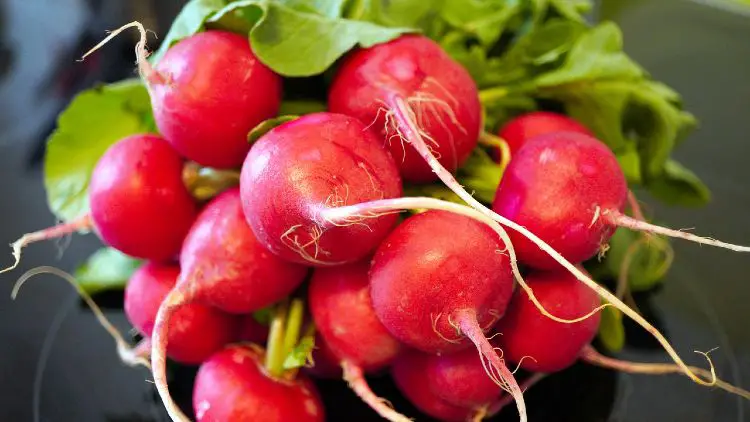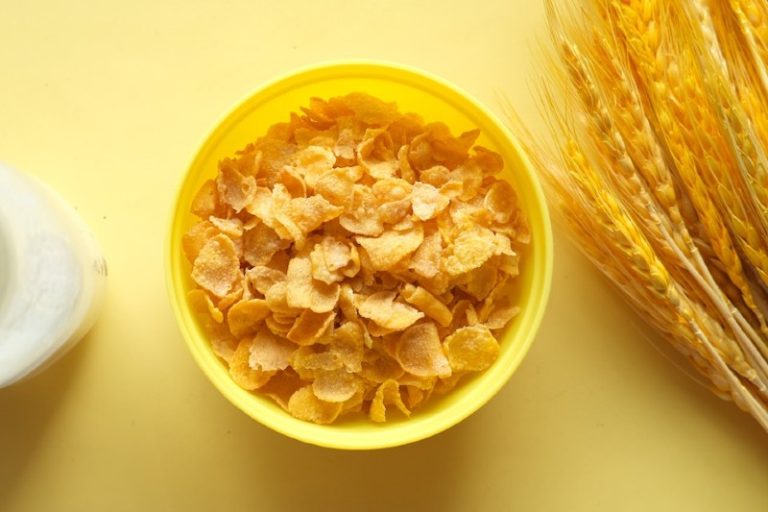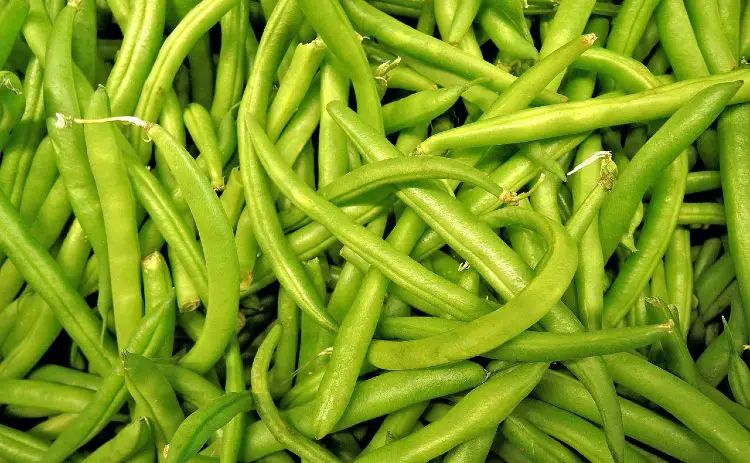Nathan Mills at The Butchery
The last railway arch in the row which houses a little enclave of artisan food businesses is rather hidden. Only a raised-bed of herbs and a butcher’s block outside alerts you to the butchery that lies within. Nathan Mills arrived in London in 2005, and he worked at The Ginger Pig and at Jamie Oliver and Adam Perry Lang’s Barbecoa Butchers and Whole Foods’ UK flagship store in Kensington. Nathan and partner Ruth Siwinski opened the doors to The Butchery in 2011, initially from a temporary home amongst the Maltby Street group of businesses. All these award-winning enterprises are gradually moving to their new location, the little centre of excellence off Spa Road, Bermondsey, known as Spa Terminus, where The Butchery is established. All the businesses here sell directly to restaurants, cafes and other outlets, opening their doors for retail trade on Saturdays.
The Butchery sources rare-breed, free-range animals from small farms, either direct or via the Traditional Breeds Meat Market. The emphasis is on pasture-fed native breeds. These include White Park, Red Poll, Hereford or Dexter beef, Tamworth or Gloucester Old Spot pigs, Llanwenog lamb, hogget and mutton, when in season. The business sources from farmers such as Michael Bancroft in the Midlands for Dexter cattle, Sue Money-Kyrle farming Llanwenog lamb in the Wye Valley, bordering Wales, and Nick Ball and Jacob Sykes of Fosse Meadows Farms in Leicestershire for free-range chickens.
The business is about more than ticking the ‘careful sourcing’ boxes. The traditional practice of whole-carcass butchery is taken very seriously. This means that every part of the animal is valued, not just the prime cuts. As Fergus Henderson puts it in his seminal book ‘Nose to Tail Eating’, “…it would be disingenuous to the animal not to make the most of the whole beast”. This commitment to respecting the animal is at the core of The Butchery, but it does require the customer, or chef, to approach the counter with an open mind.
Being brought up in a family immersed in the art of butchery in his native Australia, Nathan has twenty years’ experience at every level of the meat trade from abattoir to counter. This means he knows how long, and under what conditions, he should age (or not) meats as well as all the ‘sneaky butchers cuts’ he can get from them. Cuts you may never have heard of include Teres Major {a cut found deep within the shoulder sitting just under the scapular bone}, Goose Neck{the Achilles tendon of the rear legs only}, Pope’s Eye { the small, well marbled piece of meat that sits in the aitch bone making up part of the pelvis}, and Bolar {a small muscle about the size of a fist, found deep within the shoulder of a beef carcass}.
The plan for The Butchery is to allow the business to grow organically and gradually without any compromises to the ethos. Ruth and Nathan cite Joshua and Jessica Applestone, who in 2004 opened their own uncompromising butchery store in New York State, as an inspiration for The Butchery. Their own book ‘The Butcher’s Guide to Well–Raised Meat’ tellsthe story of how and why, against all the odds, they came to set up the business and it is also filled with helpful advice for those that want to learn more about the craft. Nathan recommends asking lots of questions when shopping, to make sure that good provenance and animal husbandry are guaranteed:
“Make sure you ask your butcher what breed of animal is being sold. What has it eaten and where was it killed? Do you know the real history of your meat?. In the UK meat is stamped with a number that can give you all this information and more if you want to know.”
{NB. The website www.tracingpaper.org.uk is where to go to make sense of these stamped meat codes}.
The Butchery arch is also the location for popular courses where you can learn everything from knife sharpening kills or sausage wrangling to how to butcher a whole pig, lamb, or even, a whole cow. It’s a great opportunity for chefs, customers and enthusiasts to learn more about the meat they cook and eat. You can take your cuts away with you or leave them in the perfect conditions of Nathan’s ageing room if you are going out to do more food shopping after the course. Nathan and Ruth also cure bacon, make their own sausages, and their burgers are 100% beef. They even stock sustainably produced British charcoal to cook them over.
Debate is currently raging over how to increase food security whilst reducing the environmental impact of its production. Some argue that raising cattle intensively on a cereal-based diet results in a reduction of methane gas production. However, recent studies carried out at ten different National Trust farms in the UK have reached a quite different conclusion. The National Trust report, ‘What’s your beef?’ issued this month concludes that feeding cattle on grass throughout their lifecycle is the most environmentally sustainable way to rear beef. The report states “The results are contrary to recent thinking that livestock farming methods must intensify further in order to lessen carbon emissions to feed an ever-increasing world population.” You can read more about this on their website www.nationaltrust.org.uk
Studies have shown that lamb and beef raised slowly on pasture have higher vitamin content than intensively-reared meat. A report funded by the Economic and Social Research Council states that “Cattle and sheep raised on natural grasslands help maintain biodiversity and produce tastier, healthier meat”. Scientists have known that higher rates of Omega 3 fatty acids, essential for physical and mental development, and lower levels of saturated fat are present in pasture-fed beef and lamb.
If you are going to follow the sustainable ‘nose to tail’ approach to eating you need to develop a relationship with your butcher. It’s interesting to hear the customers at The Butchery debate the merits of particular breeds. We all have our preferences, in my case I love Dexter beef and when rib-eye steak is available I am the first to buy it. But because I trust Nathan I will try other cuts from the same animal, and he and Ruth regularly give advice on how to cook more unusual cuts and what dishes are best suited as accompaniments. Nathan told me,
“The best part of my job is the banter with customers and watching a progression of meat from a chat with a farmer about their breeds and raising methods to delivery of a whole carcass, ageing in my coolroom to cutting up a beast, then having a customer come back and say how much they enjoyed it.”
Another useful book I have found on the subject matter is ‘Odd Bits: how to cook the rest of the animal’ by American author Jennifer McLagan. The writer concentrates on “all animal parts we have forgotten not only how to cook but also how to eat” and poses the question “Why is it stranger to eat a beef cheek than a cow’s back?” There’s also a rather wonderful blog www.nosetotailathome.com which was created to celebrate and chart Fergus Henderson’s philosophy and ideas of using every part of the animal in home cookery. Once you have visited The Butchery I am sure that you too will start thinking about those
Further Information
The Butchery : www.thebutcheryltd.com
Follow on Nathan on Twitter : @naththebutcher


